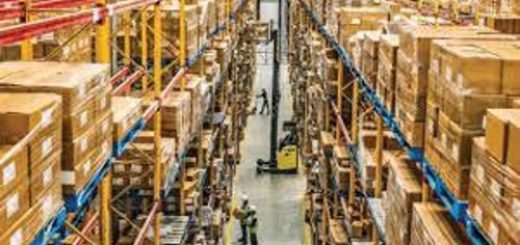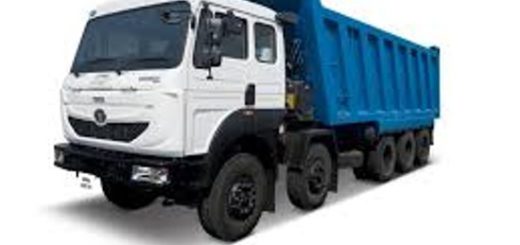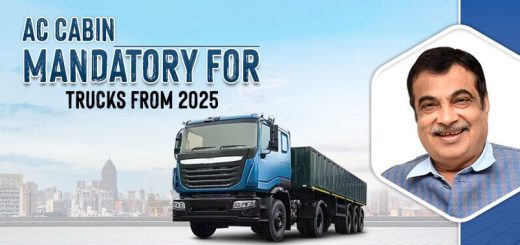Paving the Way for Zero-Emission Trucks: India’s Bold Step Towards Sustainable Freight
India is embarking on a transformative journey towards sustainable transportation with the launch of the PM Electric Drive Revolution (PM E-DRIVE) initiative to increase the efficiency of innovative vehicles (PM E-DRIVE). This initiative is a project. First, Zero Emission Vehicles (ZET) will be funded, allocating Rs 500 million to support the transition to electric delivery vehicles. By doing so The government aims to reduce environmental damage caused by the transport sector. Improve air quality and increase energy independence…
Even though they account for only 3% of the total vehicle fleet, diesel trucks account for 53% of particulate matter emissions. This makes these trucks the main cause of air pollution. Transitioning to electric road freight transport Including light, medium and heavy vehicles, could reduce carbon dioxide emissions by more than 8 gigatonnes of imports, with consumption rising by 25%. The introduction of JET could reduce diesel consumption by an estimated 838 billion liters within a year. 2593 translates into savings of up to The cost of oil is 116 billion rupees ($1.5 trillion).
While the subsidy announcement is promising, it is crucial to recognize that financial incentives alone will not suffice to achieve mass adoption of ZETs. The Rs 500 crore funding will only facilitate the purchase of approximately 600 trucks over the next two years, assuming an allocation of 17,500 Rs/kWh to bridge the cost gap between ZETs and conventional diesel trucks. The PM E-DRIVE scheme, while a step forward, lacks the financial drive necessary to accelerate ZET adoption in line with climate and energy goals. A broader financial strategy is essential to stimulate market growth.
Read More:- India Adopts LNG Trucks for Cleaner Long-Haul Transport
Research from the Rocky Mountain Institute (RMI) suggests that a total investment of Rs 12,000 crore is needed to deploy the first 10,000 ZETs, including necessary charging and grid infrastructure. To ensure ZETs constitute over 50% of the truck market by 2050, cumulative investments of Rs 257 lakh crore ($3 trillion) will be required.
Therefore, a multifaceted financing approach is essential. While subsidies are a valuable tool, additional investments are needed to support ZET manufacturing, infrastructure development, and grid upgrades. Establishing ZET-specific financial instruments, such as concessional debt and risk-sharing facilities, will be crucial to nurturing this emerging market until ZET operations can become self-sustaining.
Source By:- https://www.businessinsider.in/




Recent Comments